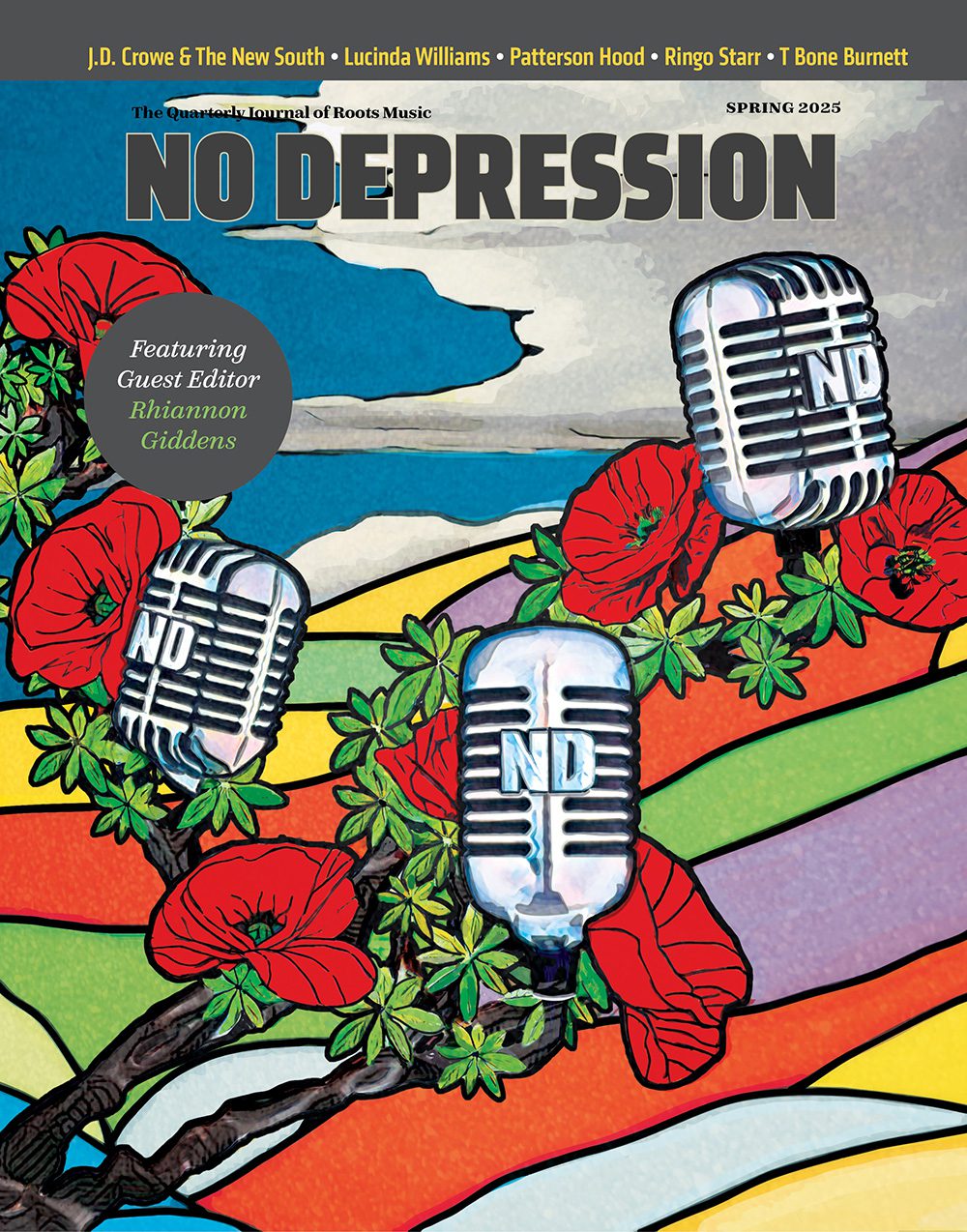Nic Armstrong & The Thieves – The Greatest White Liar
There have been countless bands, and no doubt there’ll be countless more, that can adequately mimic the Stones or the Beatles or the Kinks. But Nic Armstrong & the Thieves have internalized the vibe of the entire British Invasion so completely on their debut album that they sound like all of those bands at once, as well as the Animals, the Zombies, the Pretty Things, Them, the Spencer Davis Group, and so on and so forth. You could secretly slip any of the tracks from The Greatest White Liar onto Rhino’s old British Invasion box, and I’d bet the great majority of listeners wouldn’t bat an eye.
In other words, Armstrong and his mates aren’t so much out-and-out imitators as they are revivalists — and damn good ones. Putting the tyranny of influence aside, for the moment, this is a good thing for several reasons: The Thieves consistently bring it all back home to the blues, and they understand as well that arrangements should have dynamics and texture, that songs should have melodic and instrumental hooks, that singers should possess energy and conviction — at the mike, Armstrong comes off as if Paul McCartney at his most rocking had somehow swallowed Eric Burdon — and that rhythm sections should regularly make you want to bounce around the room like a big goofy nut. Each of these lessons is one that quite a few contemporary rock quartets would do well to take to heart.
Unsurprisingly, the finest moments here are the two covers: a delightfully intense and noisy reading of Chuck Berry’s “I Want To Be Your Driver”, and a version of Alvin Robinson’s “Down Home Girl” that quotes from “Sunshine Superman” and offers a clinic on swinging hard without overplaying (courtesy of drummer Jonny Aitken). The originals are only a notch or two behind, though, and pitch-perfect cuts such as “On A Promise” and the tub-thumping sing-along “She Changes Like The Weather” will have you convinced Armstrong and his Thieves have helped themselves to Austin Powers’ time machine.
On the other hand, it remains unclear where, exactly, the 21st-century man Nic Armstrong is in all of this. But that’s what second albums are for.


